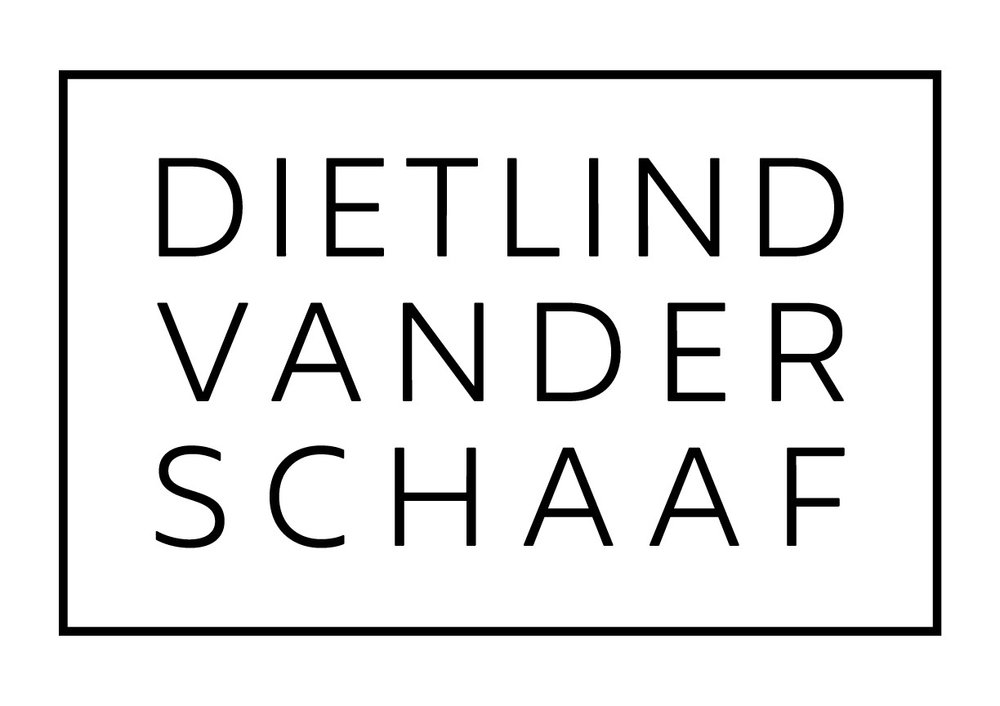My friend and colleague Jeff Hirst once described the type of looking he does in his studio as being akin to a one-sided game of chess. The comment made me laugh, but it’s completely accurate. I spend so much time looking, studying, thinking, figuring, puzzling, so much time not knowing, feeling my way into paintings. Sometimes I have to set them aside for a period because I just do not know where to go next. Sometimes they come flying out of me almost fully formed.
I read that the Sanskrit word vinyasa loosely translates into English as "to place in a special way." Though this refers to yoga and the body, it seems to me that it relates to art making as well. As I work, I place marks, brushstrokes, and colors in specific places in a thoughtful and deliberate manner, like threading my way slowly through a narrow mountain pass, trying not to disturb my surroundings.
Pulling monoprints using an R&F heated palette, Japanese rice paper, and encaustic paint.
Last week at my encaustic retreat, a student and I were discussing the way in which a painting evolves. They commented on how something I was demonstrating didn’t look too good at first, but as I continued working it, the separate components began to come together in a way that was pleasing. Watching this, they noted that perhaps they were judging their work too early in its process. They hadn’t realized they were dismissing it before it even got off the ground.
So much can happen during the creative process. I’ve watched (and experienced personally) the highs and lows of making. When things are working well, it’s an incredible feeling to have a painting come together before your eyes. But more often, at least from my own experience, things tend to go astray a bit, get a little murky, maybe even disjointed, before they come back together. It’s like tackling any cleaning or organizational project - it gets worse, or maybe just wilder, before I reign things in and they start to make sense.
The thing is I need the wildness and all the parts that don’t work at first. Not only do they have a lot to teach me about my own artistic process, but bits and pieces of them showing through later in my work serve to keep my paintings from getting too static or controlled. They bring in motion and movement and keep the work interesting. They give me something to respond to and provide a kind of balanced tension.
Drawing or mark making exercises can be helpful as a way to break up our habits and help us to see with new eyes. Often when I teach a next level encaustic workshop, we focus on getting out of our heads and into our bodies. One of my favorite ways to do this is to set myself up with a big sheet of paper. Any kind will do. It doesn’t need to be fancy, in fact cheaper can be better because then it removes any of the preciousness we can develop in relationship to our work that prevents us from taking a bold risk.
Gather up a bunch of your favorite drawing materials - Art Graf (compressed graphite), water soluble graphite, colored pencils, ink and brushes, a big fat R&F Pigment Stick, encaustic gesso, a pencil, whatever you have in your inventory. You can approach the drawing exercise a number of ways - either by creating a playlist of short 30 second excerpts of different pieces of music or by timing yourself as you draw in different ways (with your eyes closed, with your non-dominant hand). Try drawing quietly and then make a loud drawing. Make angry marks and marks that feel hopeful. There are so many ways to approach it. Keep changing the drawing materials and mediums you work with. Using a timer can allow you to switch gears quickly and prevent you from overthinking what you are doing.
One student’s monoprint from my retreat.
The same monoprint with a frame around it.
Another way to approach this is to use your heated palette, encaustic paint, and some Japanese rice paper to pull monoprints. Experiment with different colors. Play with some silicone Catalyst tools to create interesting lines and forms, manipulating the paint. You can easily pull dozens of different designs in an hour or so.
After you have finished with either mark making practice, cut some different sized windows out of paper to create frames and place them in various ways over your work. When I do this with students, we tape or pin all the sheets to the wall. Each student goes up and places frames around particular sections of his or her work. They then speak for a minute or so about why they made their particular selections. We try not to use the word “like.”
Going beyond like and dislike is a powerful tool. It provides an opportunity to look at our work without judgment. It allows us to begin using the language of composition to figure out why something is working.
A page from my visual sketchbook.
I frequently cut out the sections of my own work that I framed and then place them and their frames in a small composition notebook, just one of many visual sketchbooks I keep on a shelf to look through and study. These visual sketchbooks are treasures to me, providing insight into my evolution as an artist and offering me ideas about where to go next. They enable me to continue practicing the art of self-study, deepening my powers of observation and serving a resource to fall back on when I want to break up a habit or pattern in my process.





